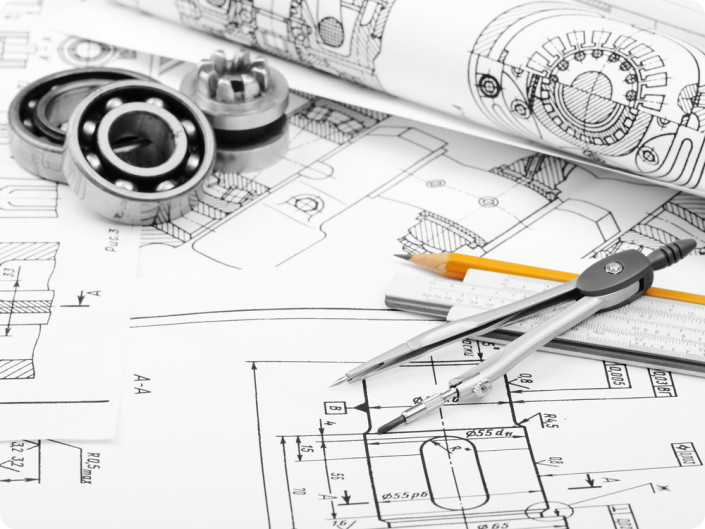Product Shape

Every product has its own characteristic shape. The “shape” may be a simple, flat strip or disk, or a complicated, three-dimensional shape incorporating many features which are desired in the product. Certain rules must be kept in mind by the product designer with respect to product shape:
- The shape must accomplish all that is expected of the product and provide adequate strength for its use.
This is a very important stipulation that is often overlooked the first time around and which often, unfortunately, requires redesign shortly after the product is “out in the field” (after being seriously tested by the end users). Only too often, strength is thought to be increased by simply indiscriminately adding more plastic to the thickness. However, this can result in a serious waste of plastic.As discussed earlier, the cost of plastic can represent a very large portion of the cost of any molded product; also,the thicker the plastic, the slower is the molding cycle (and the production), thus adding to the cost of molding (and the product).
- The shape must be so designed that it can be produced readily (and economically) by the method intended for its manufacture.
For example, for various design reasons, it may be desirable to make a hollow product by injection molding. However, for certain plastics and products, this may not be possible at all, or else certain complicated, slow, and costly methods would be required: the hollow form could be assembled, by using more than one molded piece joined together; collapsible cores might be used, resulting in a delicate and costly mold; or possibly lost-core molding, a very expensive molding technology, might be employed.
- The shape must be designed for appearance so that the product has sales appeal and is pleasing to the end user, where applicable. From past design experience, it can be said that… a good-looking shape is also a well-functioning shape…
- The product shape should include as many features and functions as possible to make the product attractive for use, easy (and at low cost) to mold, and to reduce the costs of any further steps in the manufacturing process where the molded product will be used.
Typical features appearing in the molded product are:
- Openings (inlets, outlets, passages for electrical devices, openings in walls to reduce total mass, where possible, ventilation slots and “louvers”);
- bosses;
- provisions for methods of assembling other components or hardware;
- provisions for assembling other plastic components (covers,etc.) by snap fit, or by sliding into place;
- handles and grips for easy handling of the product by the end user, stops to restrict motions, etc.;
- studs for mounting other parts;
- registers;
- lettering and logos;
- “knock-outs (provisions in the product wall for future openings, to be broken through by user);
- springs;
- dowels and other locating devices, and many more.
In the remainder of this section, we will discuss some principles and guidelines to consider when designing the shape of a product, which usually consists of a solid, homogeneous outer layer of molded plastic, often referred to as the “wall.” Note that new technologies such as co-injection allow the wall to consist of more than one layer of plastic to enable the use of some low-cost, possibly reground, plastics together with higher cost virgin or even completely different materials with different physical and other properties. There are also occasions where, using insert molding techniques, the outer wall is entirely or in part some other material, such as steel, printed cardboard, etc., and the plastic is used just to create some or all of the joints or to add some of the features usually associated with all-plastic products. Typical features such as openings, louvers, holes, reinforcements such as ribs and gussets, provisions for mounting such as studs and hubs.
